Butterflies and moths are both in the same order Lepidoptera, which are scale-winged insects. Lepidoptera have wings with colour patterns created by tiny, overlapping scales, which are modified hairs.

Moth Photo by Zdeněk Macháček on Unsplash

Butterfly Photo by Roberto Lisi on Unsplash

Butterfly Photo by Marcio Cinci on Unsplash
Even though butterflies and moths can look alike, they do have some differences that you can look for:
Butterflies:
- Rest with their wings closed
- Long, thin antenna
- Generally active during the day
- Butterflies usually create a shiny chrysalis
Moths:
- Rest with their wings open
- Shorter, feathery antenna
- Generally active at night
- Moths create a silky cocoon
Photo of a chrysalis:

https://www.flickr.com/photos/sidm/5612179133
Photo of a silk cocoon:

https://www.pexels.com/photo/cocoon-1769697/
Information from this website: https://sciencebob.com/what-is-the-difference-between-a-moth-and-a-butterfly/


















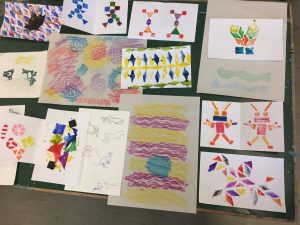











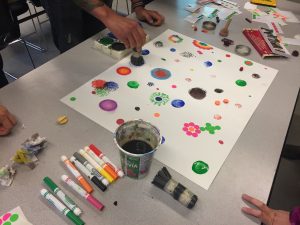



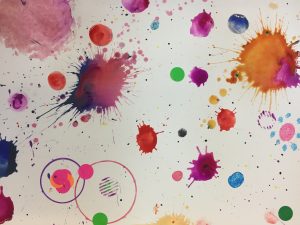

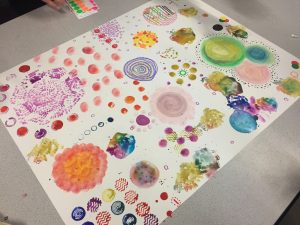



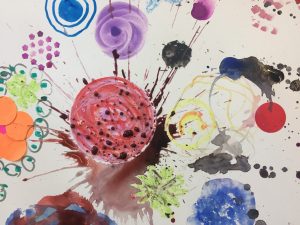
























Recent Comments